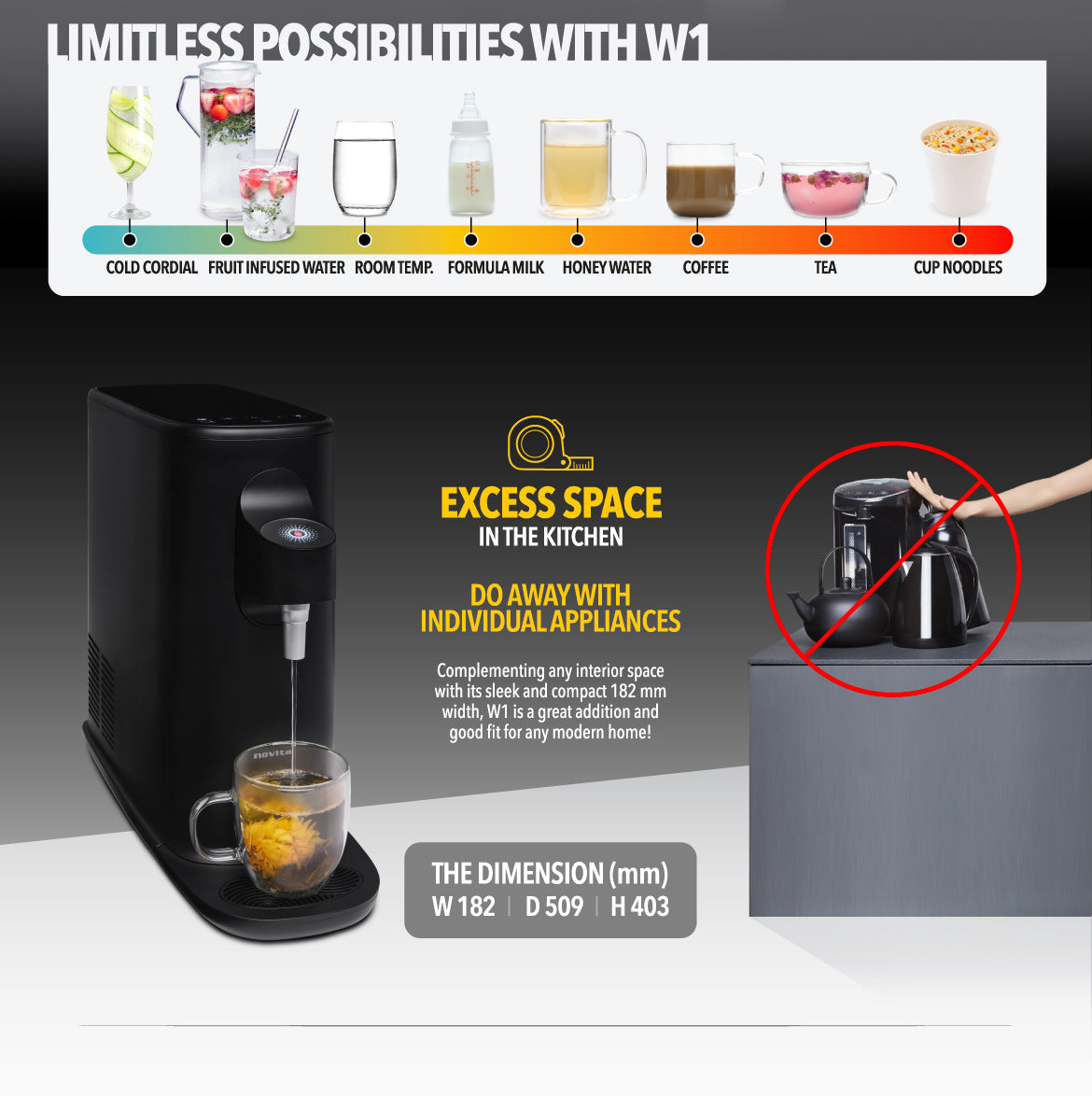Your Cart is Empty
Everyone should be concerned about the air around us since air pollutants can cause a variety of health problems and are especially harmful to young children, old folks and those with pre-existing respiratory conditions. The importance of air quality is obvious since we take in approximately 26,000 breaths, which is equivalent to about 800 oxygen tanks every day.














• Small respiratory droplets that become aerosolized when an infected person sneezes or coughs

• Wall-to-wall carpet • Blinds • Down-filled blankets • Feather pillows • Heating vents with forced hot air • Dogs and cats • Closets full of clothes

• Outdoor/ Indoor plants • From grasses, trees, flowers and weeds

• Cigarette • Tobacco pipes • Cigars

• Agriculture fires • Fine dust, particulates and smoke accumulates in relatively dry air

• Survives under harsh environmental conditions or dry conditions

• Toilet • Kitchen/Pantry • Sponges • Garbage disposal • Dish towel

• From pets • Sticky and light, it easily attaches itself to clothes, shoes, and hair

• Outdoor/ Indoor Plants • Typically transported between plants either by insects or wind

• Mattress • Pillow • Long-fibred carpets • Upholstered furniture

• Natural sources (animal fur, plant based and insect cocoons) • Synthetic methods that uses polymer-based materials

• Carpets • Soft/plush toys • Beddings • Upholstered furniture

• Small respiratory droplets that become aerosolized when an infected person sneezes or coughs

• Wall-to-wall carpet • Blinds • Down-filled blankets • Feather pillows • Heating vents with forced hot air • Dogs and cats • Closets full of clothes

• Outdoor/ Indoor plants • From grasses, trees, flowers and weeds

• Cigarette • Tobacco pipes • Cigars

• Agriculture fires • Fine dust, particulates and smoke accumulates in relatively dry air

• Survives under harsh environmental conditions or dry conditions

• Toilet • Kitchen/Pantry • Sponges • Garbage disposal • Dish towel

• From pets • Sticky and light, it easily attaches itself to clothes, shoes, and hair

• Outdoor/ Indoor Plants • Typically transported between plants either by insects or wind

• Mattress • Pillow • Long-fibred carpets • Upholstered furniture

• Natural sources (animal fur, plant based and insect cocoons) • Synthetic methods that uses polymer-based materials

• Carpets • Soft/plush toys • Beddings • Upholstered furniture